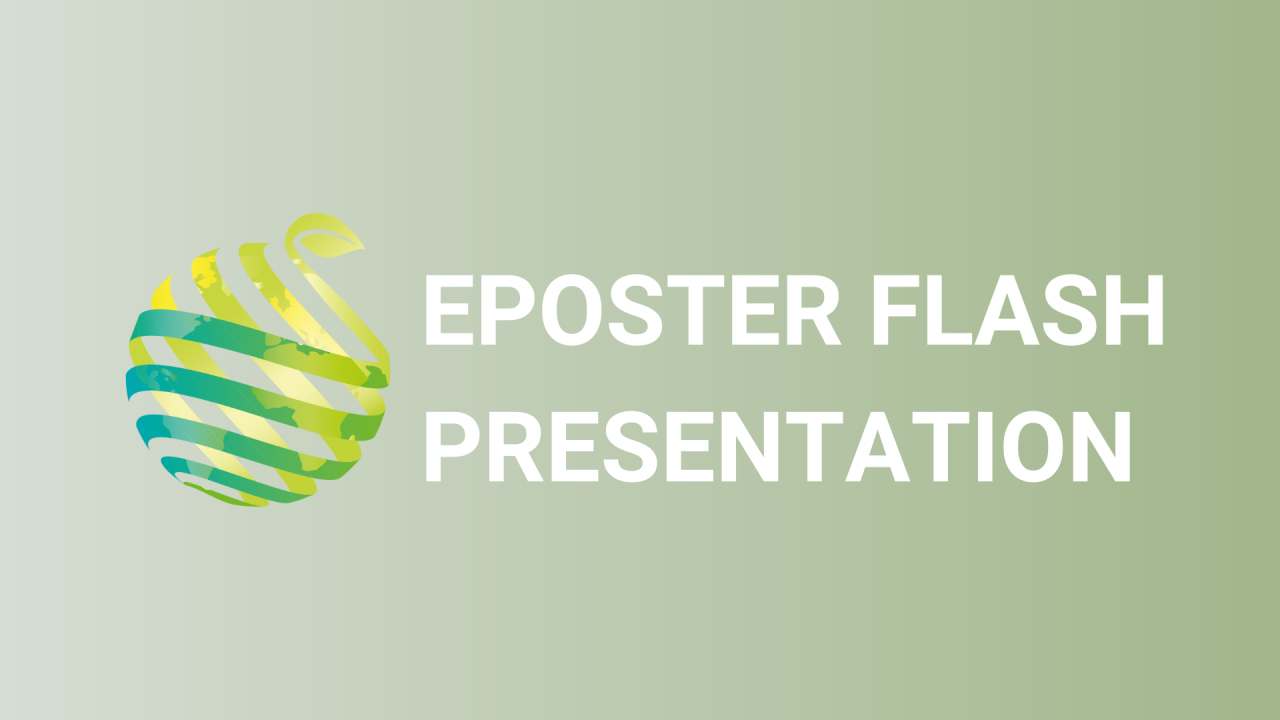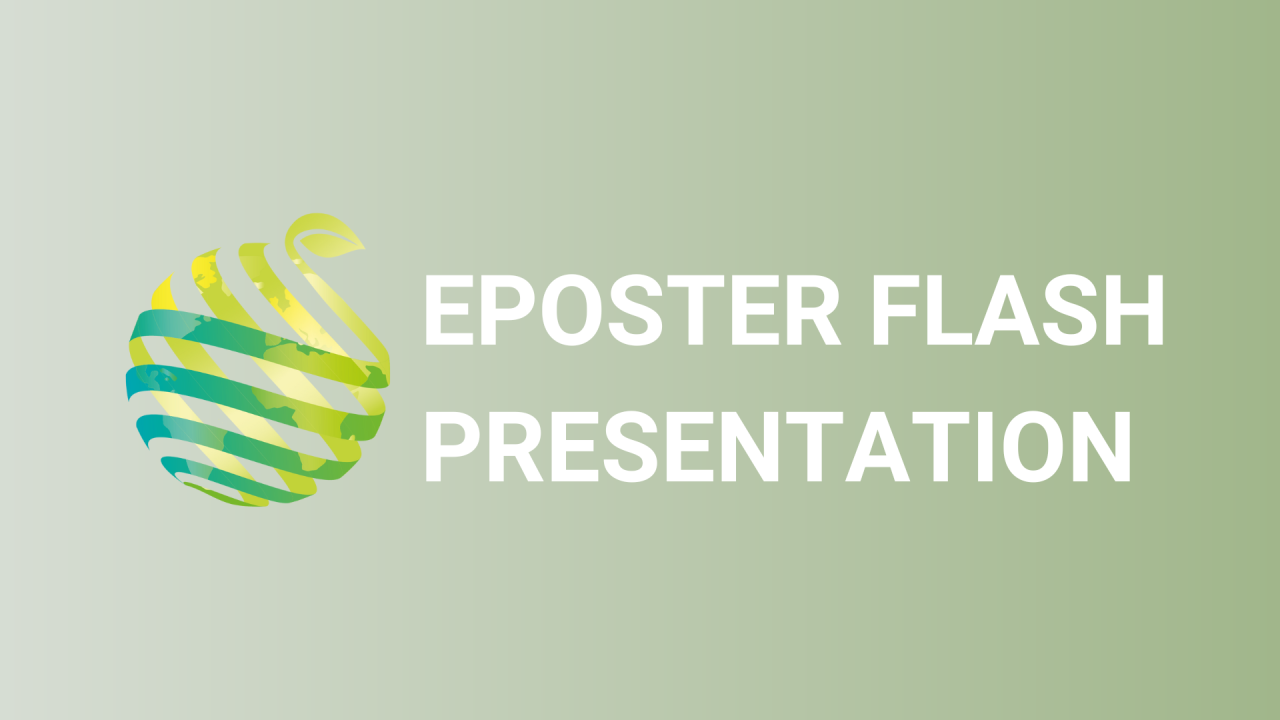

S08 - Session P3 - Substrate selection for ebb-and-flow cultivation of sweet basil in a vertical farm
Information
Authors: Alessandro Pistillo *, Laura Carotti, AGiuseppina Pennisi, Giorgio Gianquinto, Francesco Orsini
Vertical farms are emerging as a viable climate change adaptation strategy for sustainable food production. To date, in vertical farms, mostly leafy vegetables and herbs are grown, generally in ebb and flow hydroponic systems, where peat as a growing medium is used. The use of growing media allows to buffer water shortages and control plant nutrition. However, the environmental implications associated with large-scale adoption of non-reusable substrates must be considered. Therefore, investigating alternatives to traditional substrates can increase the sustainability of vertical farming systems. The objective of this research, carried out within AlmaVFarm, an experimental vertical farm within the Department of Agricultural and Food Sciences of the University of Bologna, was to compare alternative growing media for hydroponic cultivation of basil ( Ocimum basilicum L.). Plants were grown on six different substrates, both with organic or inorganic origin, namely peat (control treatment), hemp fiber, an organic polymer, rockwool, perlite, and perlite mixed with a water retaining hydrogel. Basil plants were sown in an aeroponic system under a constant Photosynthetic Photon Flux Density (PPFD) of 200 µmol m -2 s -1 using an optimized red and blue light spectrum (R:B ratio of 3). Seven days after sowing (DAS) plants were transferred into 250 cc capacity pots filled with the six substrates and placed within an ebb-and-flow system under a light intensity of 200 µmol m -2 s -1 using a light spectrum with a red and blue ratio of 3. Basil plants were grown for 3 weeks with two daily irrigations in order to avoid excessive dehydration of the substrates. At 20 days after transplanting (DAT) physiological measurements (leaf stomatal conductance, temperature, SPAD) were performed, while at 21 DAT destructive measurements (fresh and dry weight, leaf morphological parameters) were performed. The research outlines limits and potentialities of the different substrates, proposing non-conventional alternatives to increase vertical farming sustainability